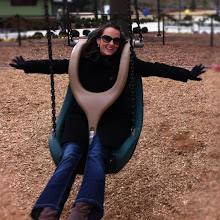The Wife of Bath's tale was interesting to me when compared to the Miller's tale because it seemed to have a much stronger purpose and voice, and its moral was much easier to comprehend. While the Miller's tale was told by a drunkard and seemed fragmented and purposeless, the Wife of Bath's tale was far more cohesive. Since the tale's moral seems to follow the idea that a woman should have the power in a marriage it reflected the headstrong and modern opinions of the Wife. Her willingness to present her opinions and argue for their validity was surprising. Also, this strength of demeanor paired with her rather lightly told story present an interesting contrast. The Wife of Bath also seems to articulate views unusual for an eighteenth century women. For example, she argues that marriage and procreation (even/especially) multiple marriages are not biblically forbidden.
However, I think the tale also reflects some features of the time period in which it was written. Take for example the ending of the story. The young man, who has previously raped a woman and shown an inability to see any beauty in an elderly woman, still ends up with what he wants, a beautiful girl. So, although he concedes to his wife by allowing her to dominate the marriage, he really has not lost anything. This fact was frustrating to me.
I also found it strange that the setting was so...childlike. But, I think the fact that the story seems like a fairytale is important. The Wife of Bath is showing how she thinks the ideal marriage should end up. Thus, fairies and a fair maiden, and "happily ever after" seem to fit in well. I think the contrast between what the typical idea of a Walt Disney fairytale and the actual content of the Wife's tale is quite humorous. But, the actual ideas about how women should be the stronger counterparts in a marriage reflect her earlier demeanor when speaking to the group.

No comments:
Post a Comment